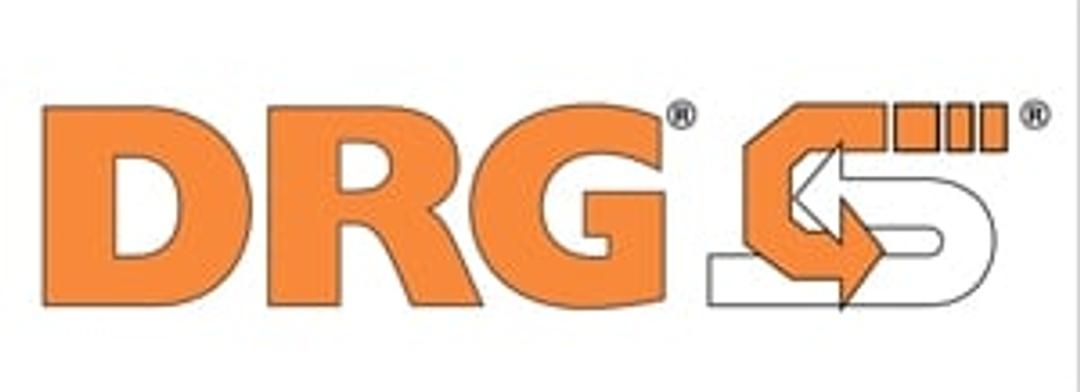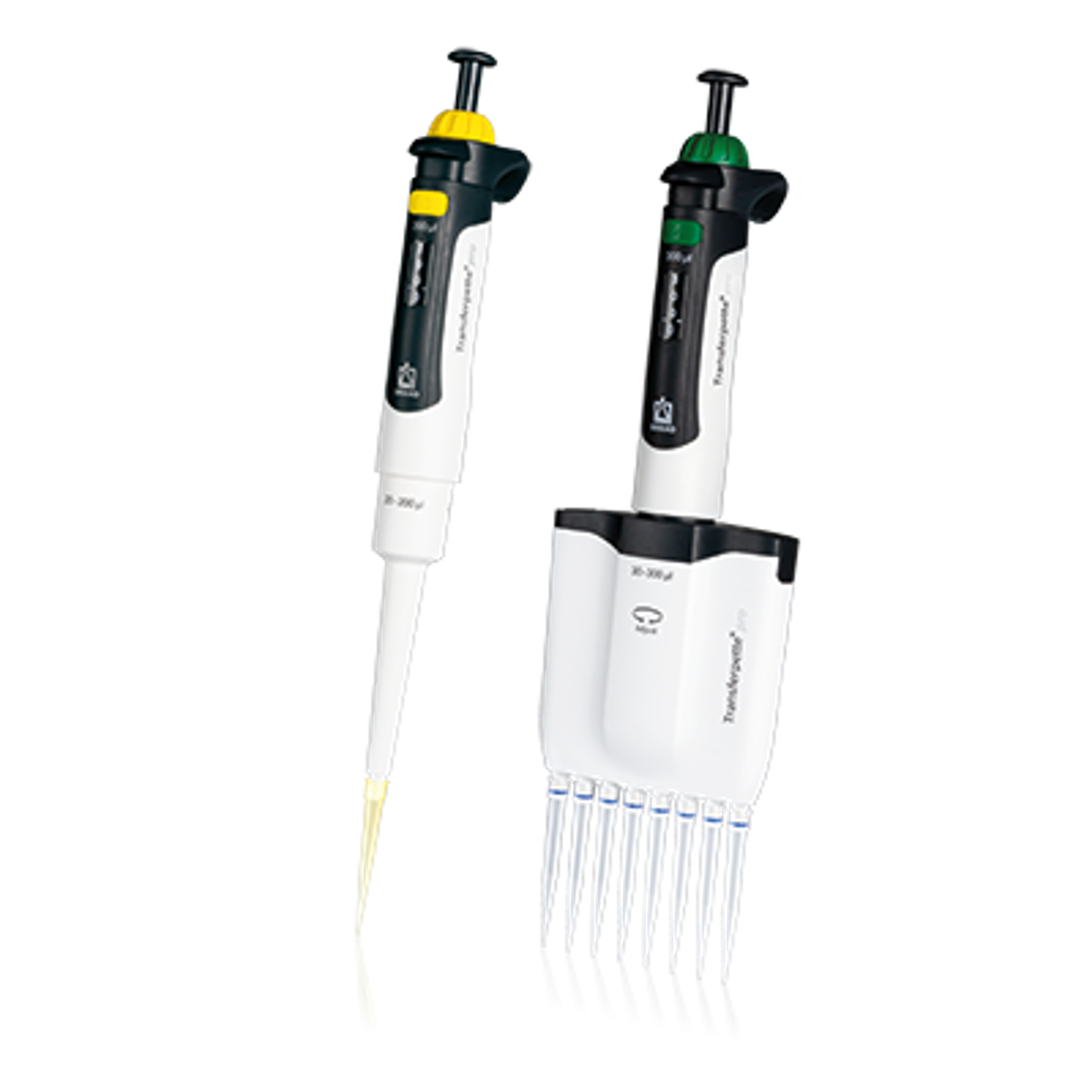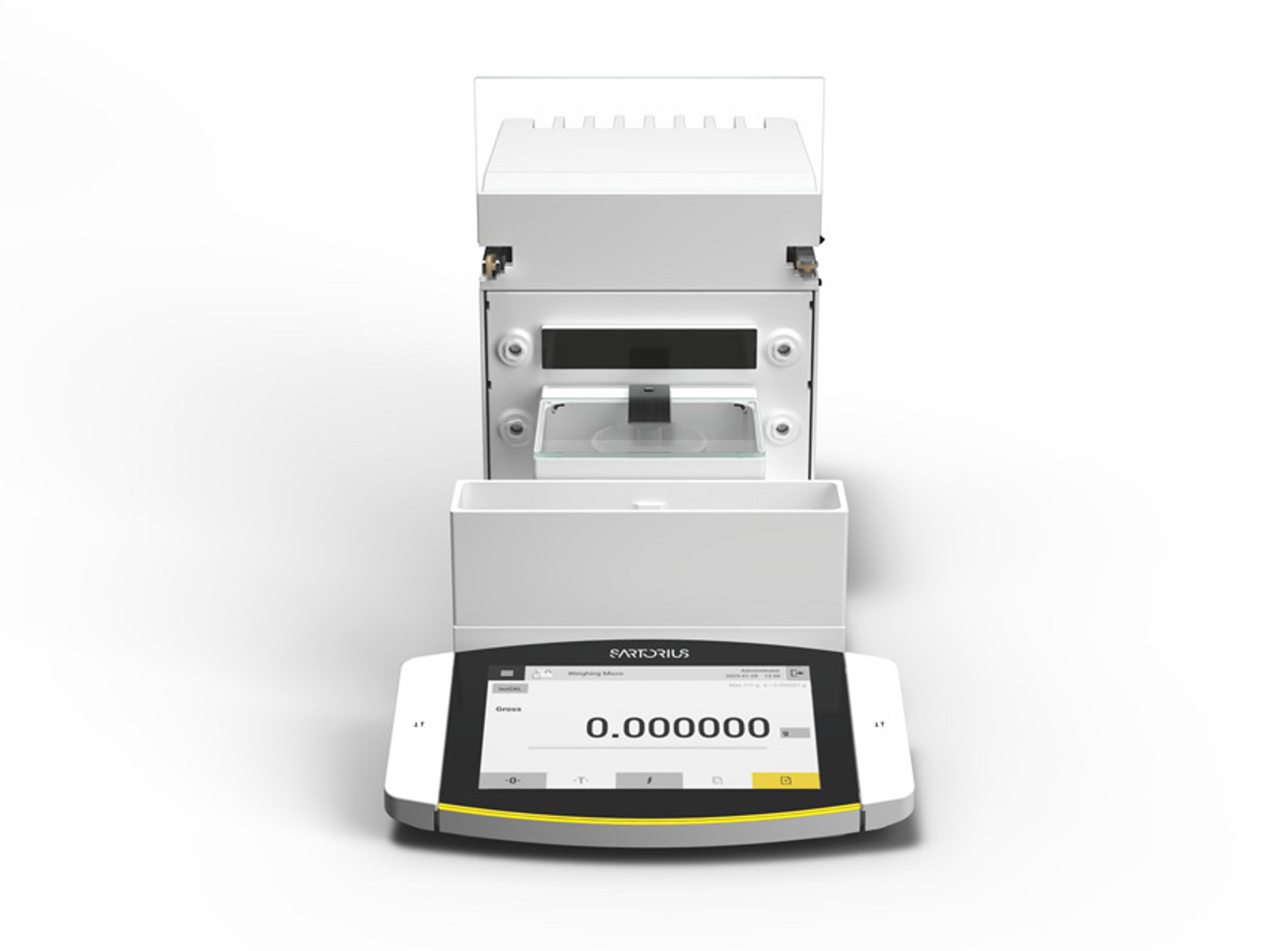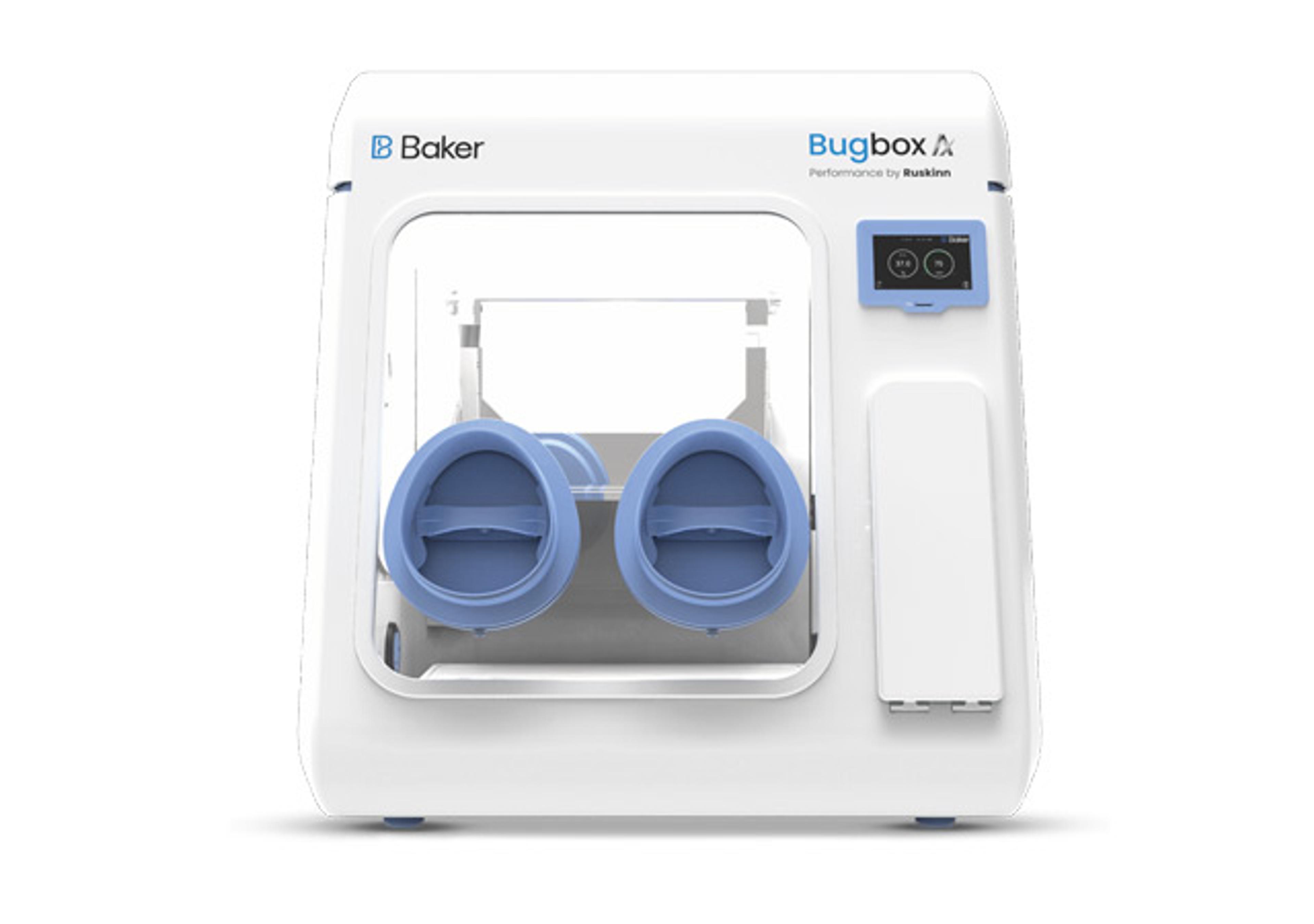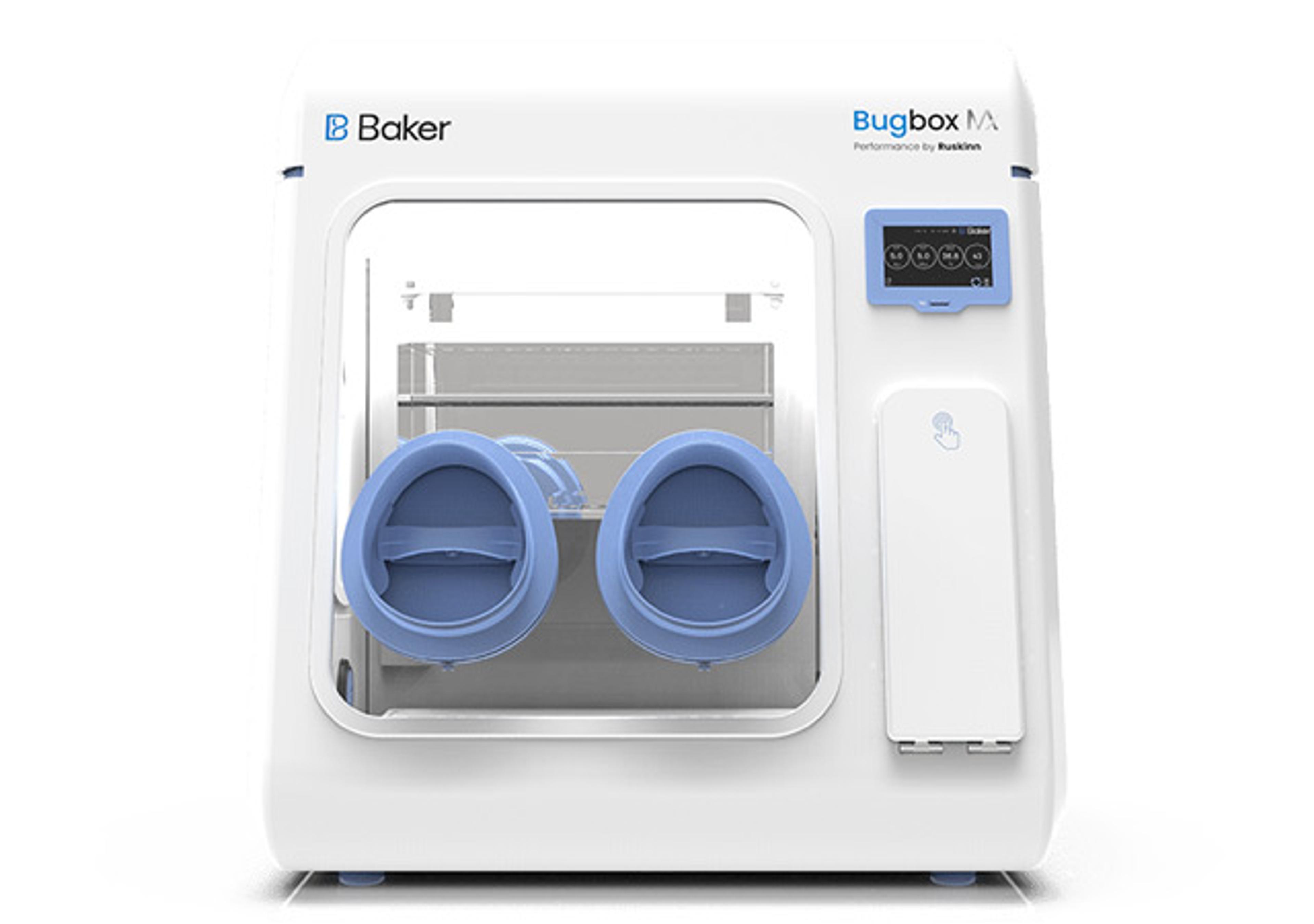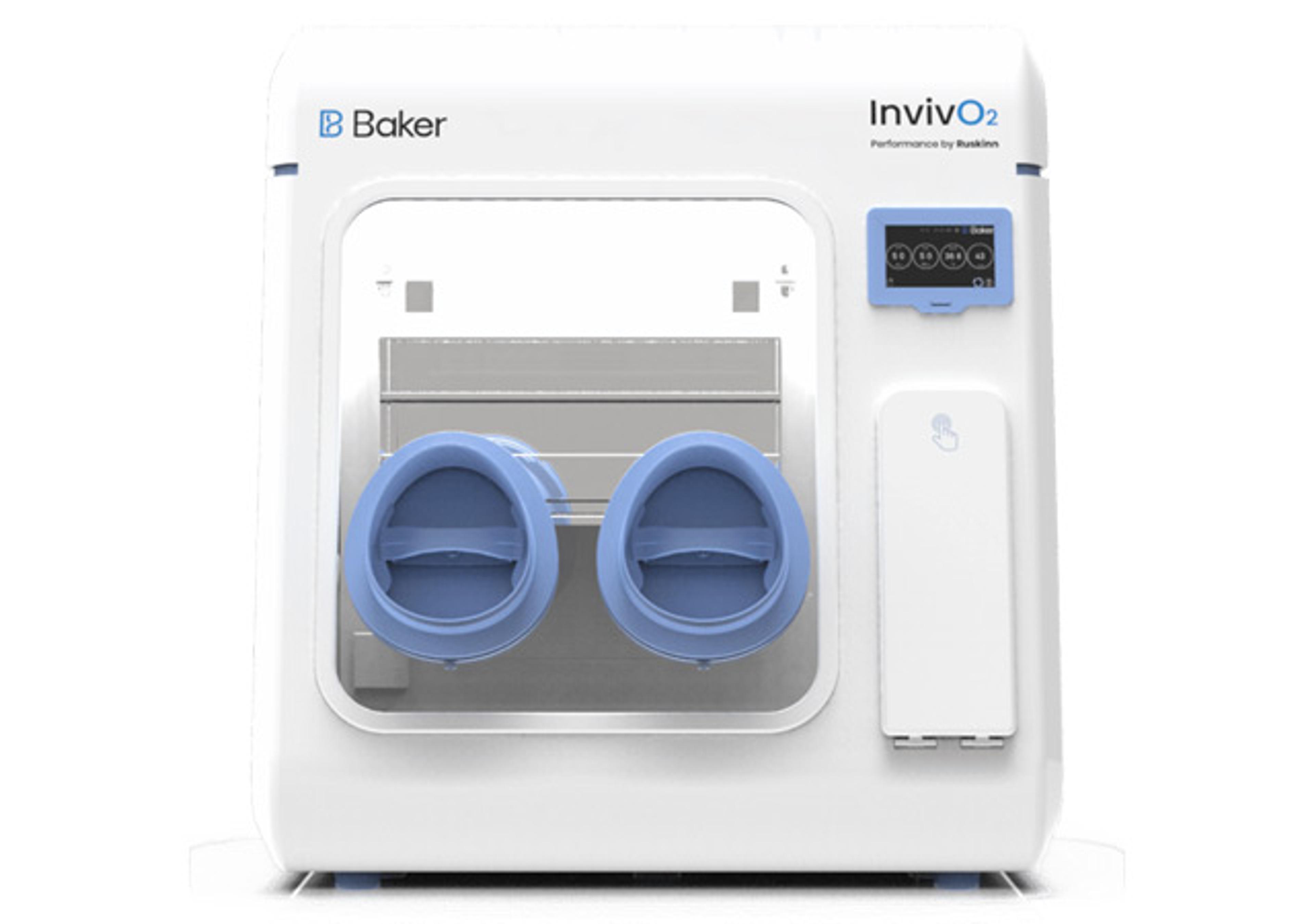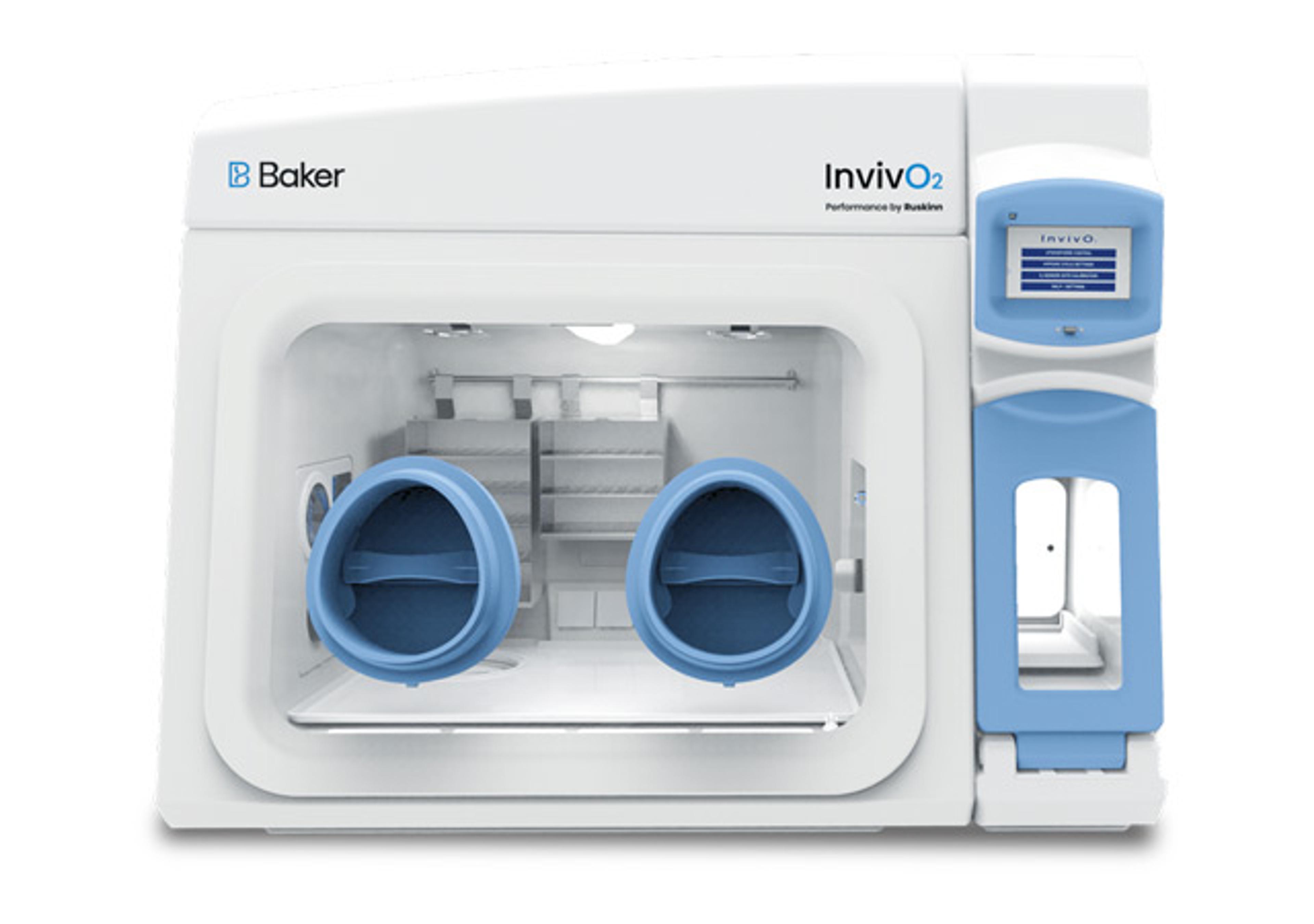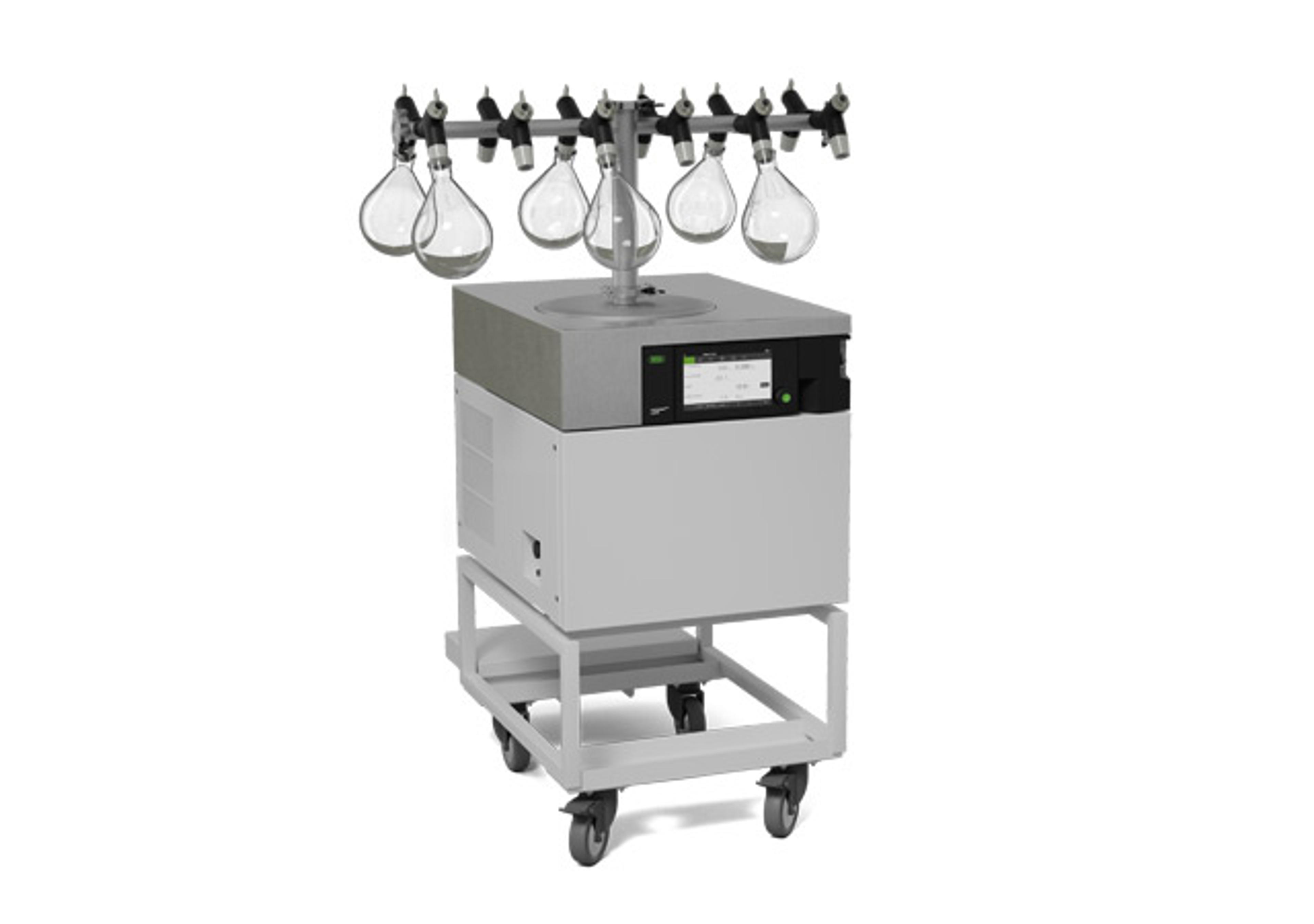Benzodiazepine Drug Screen (cassettes)
The Drug Test cassette is an immunochromatographic rapid test for the qualitative detection of several drugs of abuse and major metabolites in human urine. They are intended as an aid in the detection of a recent consumption of drug of abuse.The Drug Test cassette is an immunoassay based on the principle of competitive binding. Drugs that may be present in the urine specimen compete against the drug conjugate for a limited num…

The supplier does not provide quotations for this product through SelectScience. You can search for similar products in our Product Directory.
The Drug Test cassette is an immunochromatographic rapid test for the qualitative detection of several drugs of abuse and major metabolites in human urine. They are intended as an aid in the detection of a recent consumption of drug of abuse.The Drug Test cassette is an immunoassay based on the principle of competitive binding. Drugs that may be present in the urine specimen compete against the drug conjugate for a limited number of binding sites on the antibody. The membrane strips are pre-coated with immobilized drug conjugate as antigen in the test result line area (T). Red pointerparticle-colloid-labeled anti-drug-antibodies are placed in the conjugate pad at the left ending of the membrane. After adding urine to the test the antibodies move upwards by capillary action and get to the T-area. If there is no drug in the urine the antibody attaches to the immobilized drug conjugate and a visible line is formed. Therefore, a line in the T-area indicates that no drug is present in the urine or that the drug concentration is below the cut-off. If drugs are present in the urine, they compete with the immobilized drug conjugate in the T-area for the limited antibody binding sites. With increasing drug concentrations in the sample the binding of the antibody is more and more inhibited and the color of the test result line becomes weaker. When the drug concentration is same or higher than the cut-off, it will prevent the binding of the antibody to the drug conjugate andthe line gradually vanishes. Therefore, the absence of a color line in the T-area indicates a positive result. A control line with a different antigen/antibody reaction will form onthe immunochromatographic membrane strip at the control area (C-area) to indicate that the test has been performed properly. The presence of this control lines serves as verification that sufficient volume has been added, and that proper flow was obtained. The control line should always appear, regardless of the presence of the drugs.

